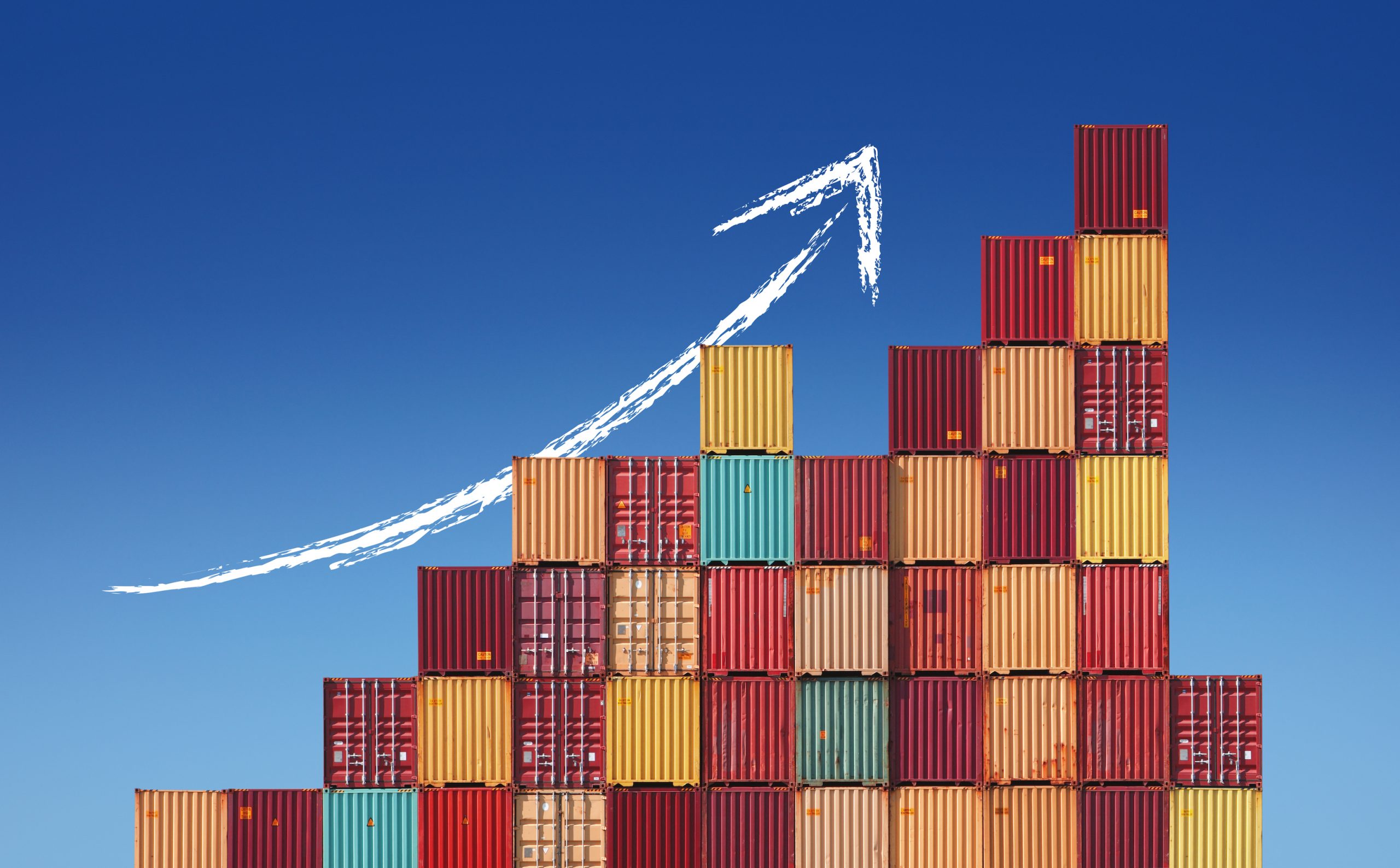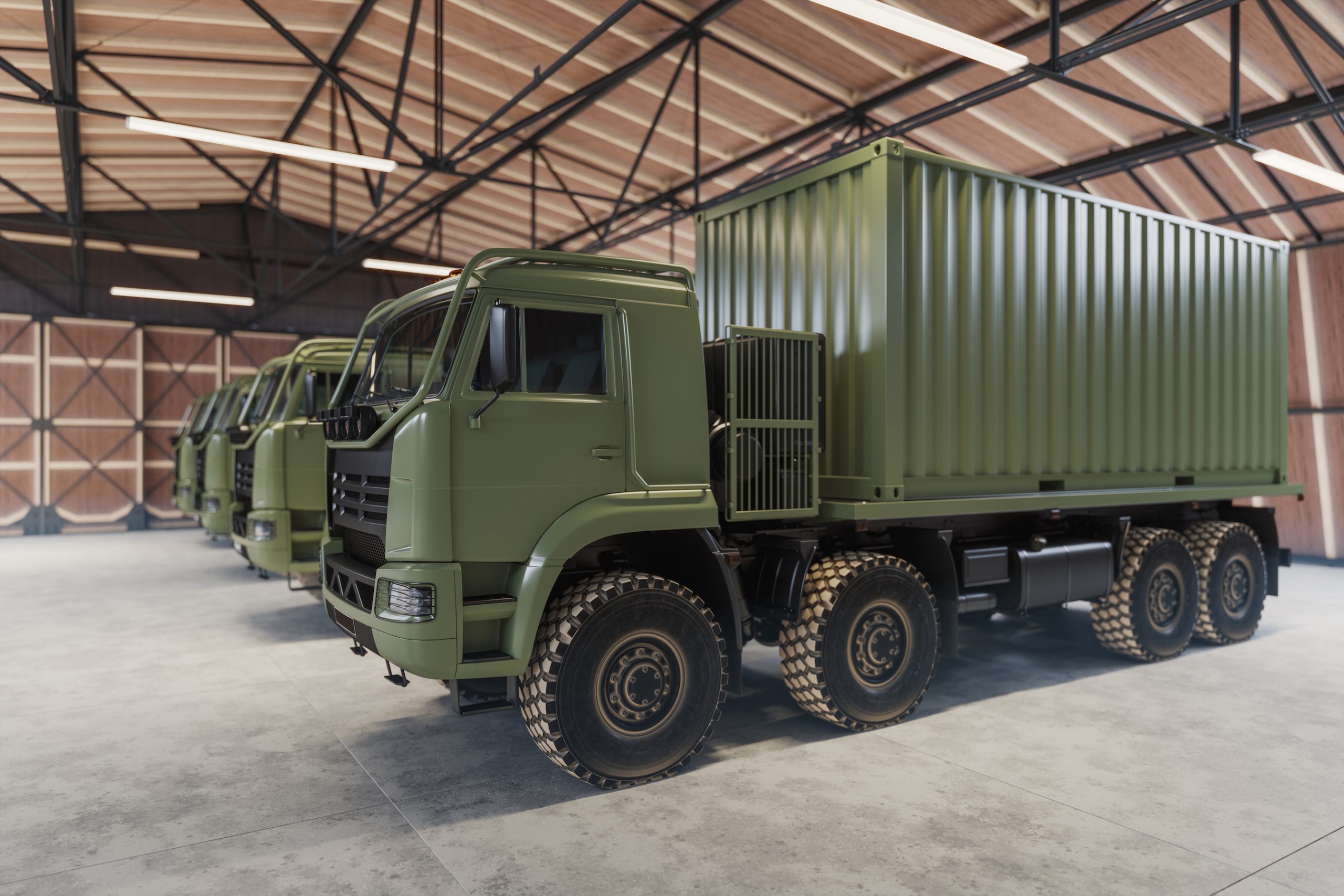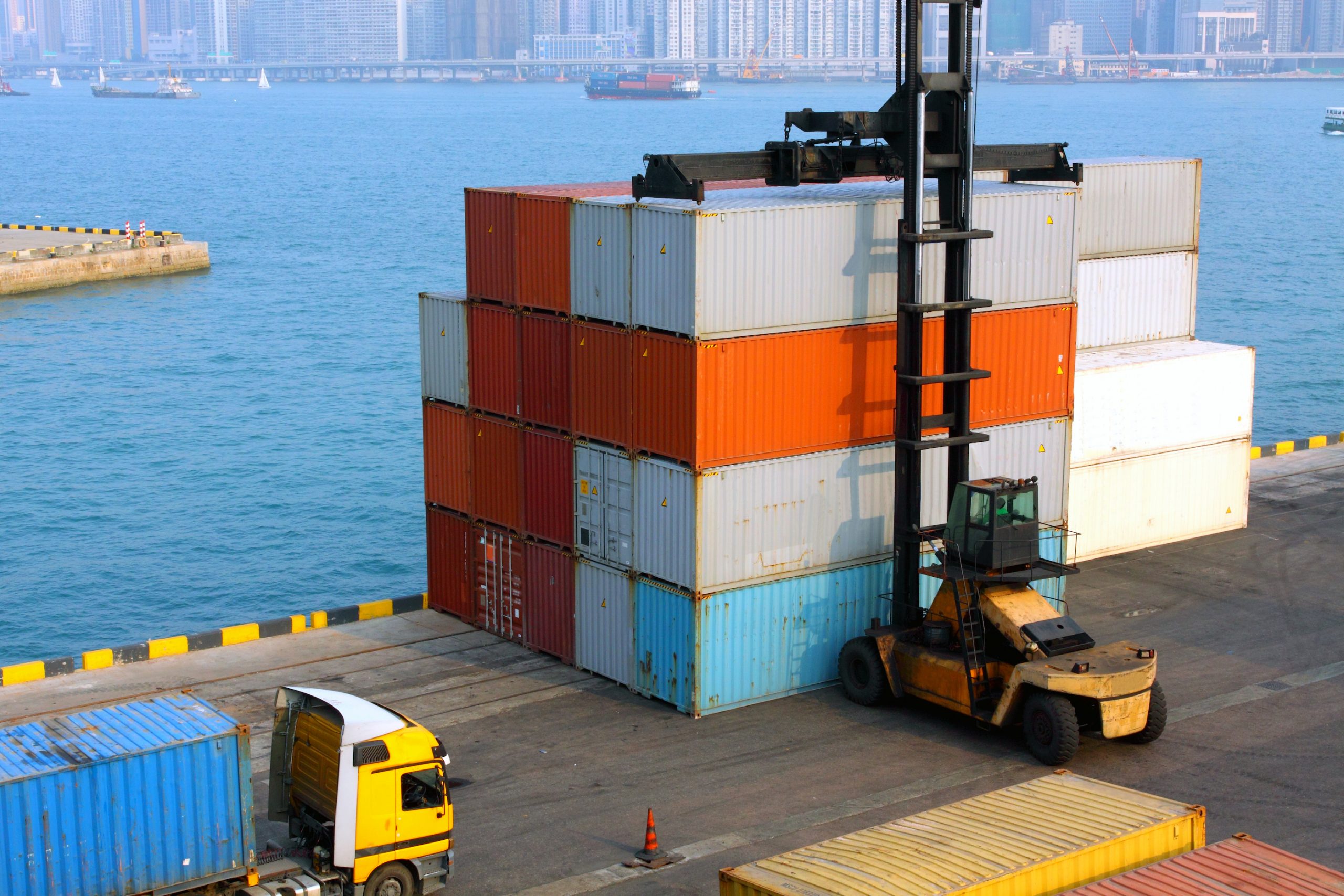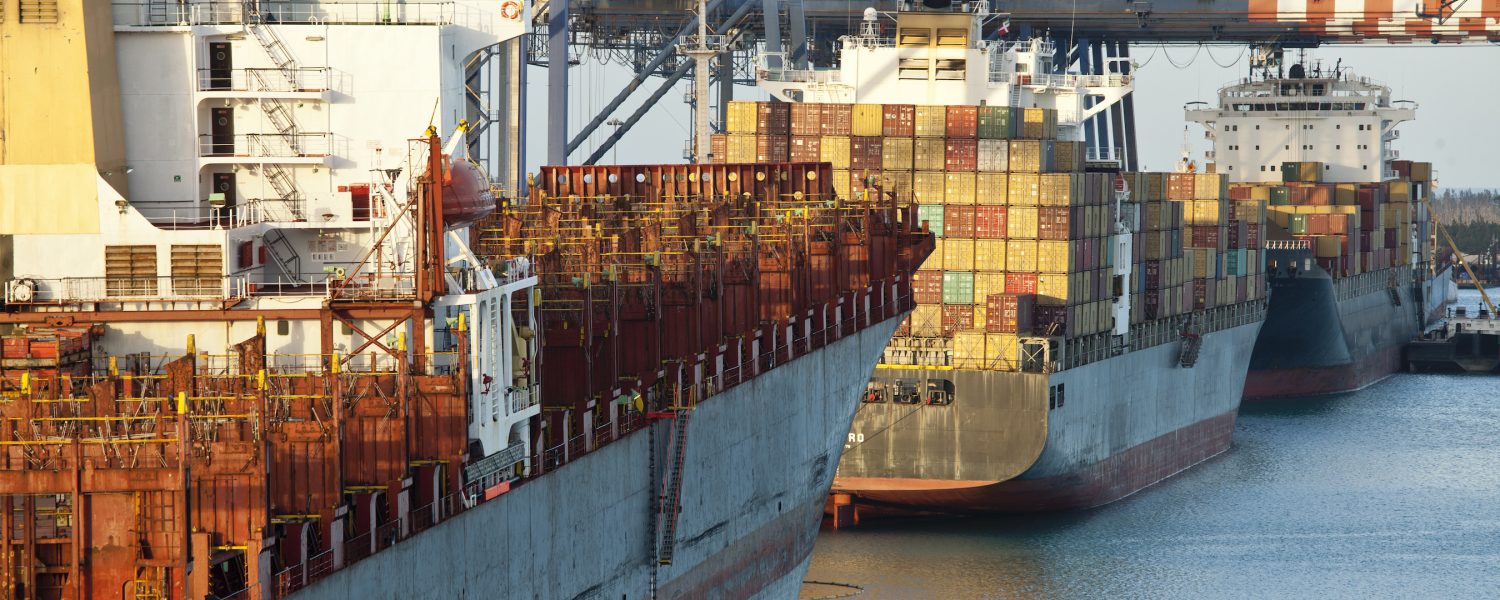Container Price Changes, Military Container, Shipping Container
What Causes the Rates of an Overseas Shipping Container to Fluctuate

Shipping Container Rate Changes
Shipping Container prices can dramatically change due to the economic impact of the global economy and the influence of the supply chain shifting course due to respective supply and demand. Some of the most recent and obvious factors such as covid, the war in Ukraine, supply chain congestion and recurring filed Federal Maritime Commision general rate increases (GRI) have taken a heavy toll on the overall shipping container sales market. From initial factory container production all the way to properly aligning carrier vessels to assign adequate space on the ship, the challenges the container industry has been facing the past few years has been an uphill battle to keep costs down and provide a suitable inventory of shipping containers for sale.
Seasonal Container Price Changes
Shipping Containers have one foreseeable pattern in place that can justify price reductions and price increases. For example, during the last quarter of each year, the holiday plays a huge role on the container demand and availability in the market. During a peak season, the shipping container vessels are normally booked up in capacity and the shipping lines utilize most of their container fleet to offer NVOCC and Freight Forwarding companies most of their available equipment to ship around the world. This provides all SSL's to implement peak season rates that result in booking up the entire ship and limiting voyage space during the period of time most importers and exporters need the capacity the most. The result of the holiday season is low stock of cargo containers and high cost to bring them into the country.
Additionally, The Chinese New Year which occurs at the end of January and shuts down production plants, manufacturing facilities and the ports for about 2 weeks causes a big gap in exporting and importing, limiting container inventory and driving prices higher temporarily until the market can stabilize continued maritime global operations. All the while, during these foreseeable seasonal changes there are further impacts on the container industry which can be fuel surcharges, limited container chassis availability and a shortage of intermodal truckers and 3PL that can relocate containers. NVOCC freight forwarders and shippers looking to import shipper owned containers faced Emergency Bunker Surcharges (EBS), higher than usual terminal handling charges (THC) with demurrage and detention due to the unforeseen effects of the War in Ukraine, High Fuel Prices, Covid and tremendous congestion at terminals.
Unforeseen Shipping Container Disruptions
The War in Ukraine caused all shipping lines to cease bringing in vessels to both parties of the conflict. The vessels already enroute had been reassigned elsewhere misplacing the cargo and its respective containers out of the designated lanes they were planned on fulfilling. The shipping containers that had already been in the process of offloading at the terminals and depots had been placed on hold without a safe cost-effective relocating option. The disturbance in equipment movement and temporary loss in carrier owned container (COC) possession had further caused cargo sea containers to become limited in supply as other containers planned for scheduled departures needed to be borrowed to accomodante otherwise empty sailings.

Uncommon Shipping and Military Containers
Specialized Shipping Containers like 10 footers, quadcons, tricons, bicons / duocons, half height containers, rotainers, collapsible containers, nesting combo mini container sets and military height shipping containers are very difficult to place on a vessel due to vessel limitations of acceptable space allowed for certain equipment. This leads to a small majority of shipping lines controlling the cost of export to allow reserved space for containers in specialty sizes and military heights. This grants a respective ocean going carrier to charge what they feel is appropriate to allow the custom built container on their ship. A higher cost to ship will turn away most freight forwarding companies that would rather use a standard 20 foot container or 40 foot shipping container and pay less for more space opposed to a smaller conex box or military built container. This will ultimately drive the price of the specialty manufactured container simply due to overseas shipping costs alone. This may include builds such as open side containers and open top shipping containers.
Finding an Industry Leading Container Wholesaler
Luckily, IPL Containers offers a wide variety of shipping containers in most locations accross the United States. Depsite the rate fluctuation, IPL will always provide competative container prices during all market conditions and professional customer service. IPL Is a leading provider of used and new shipping containers including refrigerated containers, insulated containers, military containers and speacialized containerized equipment. Visit our webiste for more details on container dimensions, uses and information. We offer storage container sales and delivery alongside export freigh forwarding shipper owned containers (SOC) across all major cities, ports, terminals and depots.


